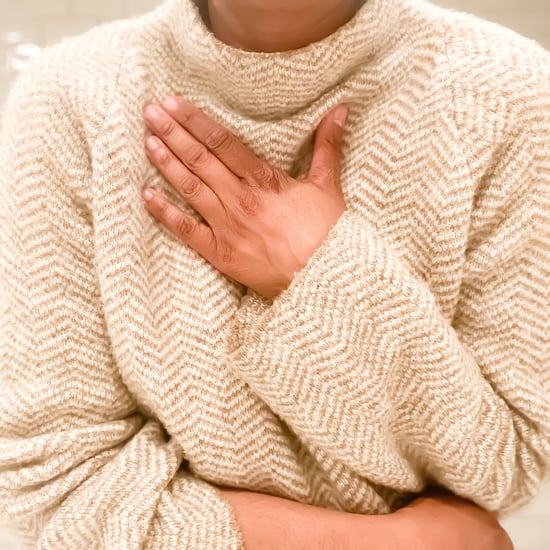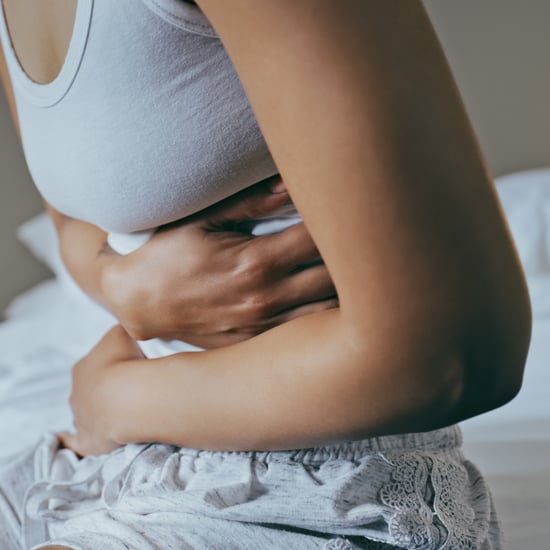What Is Dysmenorrhoea?
If You Suffer From Extreme Period Pain, You Could Have Dysmenorrhoea

Although minor pain and discomfort is a monthly occurrence for many women on their period, it isn't always clear when this normal pain is actually abnormal. Dysmenorrhoea is the medical term used when describing extremely painful periods . . . because, newsflash, it isn't normal to be bed-bound due to period pain. If you suffer from extremely painful periods but haven't been diagnosed with a disease such as PCOS or endometriosis, you could have primary dysmenorrhoea. We reached out to Bupa to help us understand how this condition is affecting women.
What Is Dysmenorrhoea?
Dysmenorrhoea is the medical term for painful periods. Experiencing pain during your monthly cycle is common, with the pain usually starting a few days before your period and lasting for a few days. However, dysmenorrhoea is on the severe end of the period pain scale.
Types of Dysmenorrhoea
There are two types of painful periods — primary dysmenorrhoea and secondary dysmenorrhoea — Bupa explains. The first (primary) is pain that's not caused by a specific condition. The amount and duration of this pain can vary for each woman, but it usually lasts between eight hours and a few days. This pain can usually be managed with the contraceptive pill and the right painkillers.
Secondary dysmenorrhoea is a little different, as it's caused by a specific condition like endometriosis or fibroids, and sometimes even IUDs. This type of period pain can start years after your periods have started, and it can get worse as you get older. Secondary dysmenorrhoea can come after years of painless periods, which could indicate a secondary related illness. The pain experienced by those with dysmenorrhoea may last several days and even throughout the whole period. The pain caused by secondary dysmenorrhoea is usually treated by diagnosing the other illness present. This can include scans, medications, and sometimes surgery.
Symptoms of Dysmenorrhoea
You may experience other symptoms with dysmenorrhoea, and these can vary depending on what type you have. If you suffer from primary dysmenorrhoea, the most common symptom is a cramping pain in your lower abdomen. You might also feel tired, sick, and have diarrhoea. With secondary dysmenorrhoea, symptoms might include back pain, bleeding in-between periods, and heavy or irregular periods.
You should visit your GP if you think you are experiencing dysmenorrhoea and if you suspect you have any other illness relating to secondary dysmenorrhoea.






